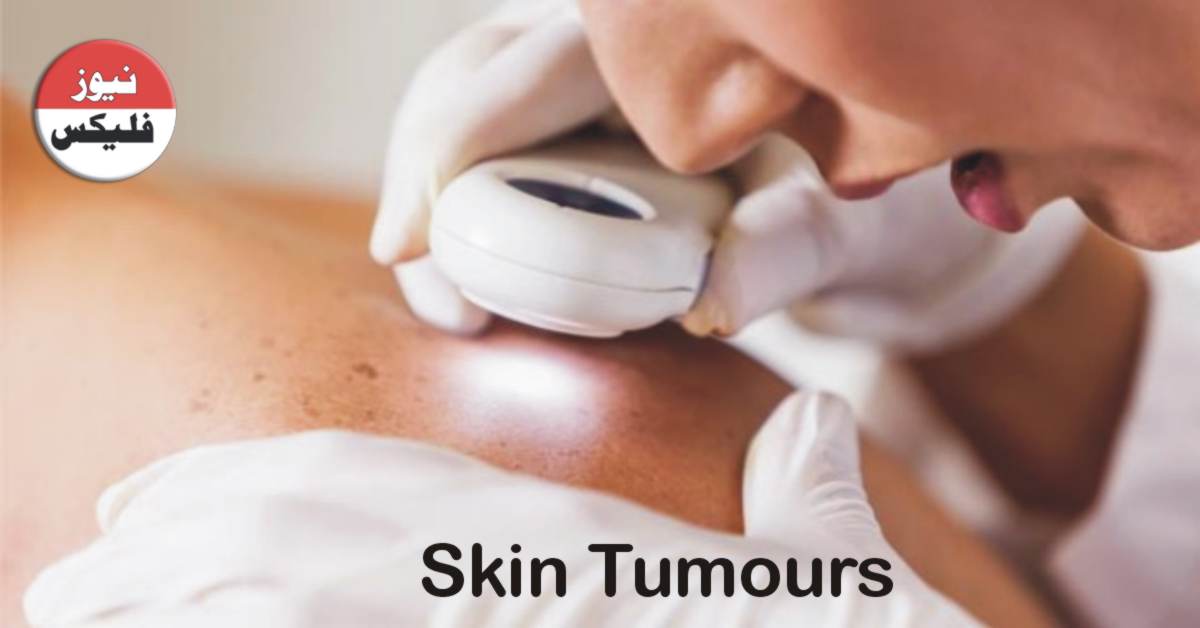
Pathogenesis of skin malignancy:
SKIN TUMOURS is the most common malignancy in fair-skinned populations. It is categorised as non-melanoma subdivided in to basal cell carcinoma (BCC), the most common skin cancer and squamous cell carcinoma (SCC). The latter has precursor non-invasive states of intraepithelial carcinoma.
(Bowen’s disease; BD) and dysplasia (actinic Keratosis; AK) Melanoma is much less common than NMSC, but because of its metastatic risk it is the cause of most skin cancer deaths.UVR is complete carcinogen and is the main environmental risk factor for skin cancer. which is much more common in countries with high ambient sun exposure, such as Australia. Skin cancer risk also increases if an individual migrates to such a country at a young age, particularly less than 10 years.
Epidemiological evidence supports are close link between chronic UVR exposure and risk of SCC and AK, and a modest link between sun exposure and BCC risk. Melanoma usually arises on sites that are intermittentently expose to UVR, and episode of sunburn have been implicate as a risk factor for Melanoma. Sunbed exposure is also a risk for both Melanoma and NMSC .Strategies to reduce sun exposure are therefore important for skin cancer prevention.
SKIN TUMOURS.There may also be identifiable genetic predispositions for skin cancer. Such as in xeroderma pigmentosum and autosomsl receive condition cause by an inherit defect in DNA. Excision repair ,or basal cell naevus (Gorlin’s) syndrome, an autosomal dominant disorder. In which the PTCH tumour suppressor gene on chromosome 9 is defective .Cutaneous immune surveillance is also critical. And immunosuppress organ transplant recipients have a greatly increase risk skin cancer particularly SCC.
Interestingly, patients who have receive high number of PUVA. Treatments( more than 150). which are immunosuppressive are also at increase risk of skin cancer. Particularly SCC.Despite UVB being a complete carcinogen increases skin cancer risk. Although ongoing vigilance is require. lonising radiation, notably radiotherapy, thermal radiation and chemical carcinogens. Such as arsenic or coal tar, can increase NMSC risk, particularly SCC. A role for oncogenic human papilloma-viruses in NMSC development is also implicate. Particularly in immunosuppress patients with NMSC, viral DNA is detect in more than 80% of this group. Chronic inflammation is also a risk factor for SCC. Which may arise is chronic skin ulcers, in skin inflammation, as in lupus . All in patients with the scarring genetic skin disease. Dystrophic epidermolysis bullosa in which up to 50% of patients develop SCC.








